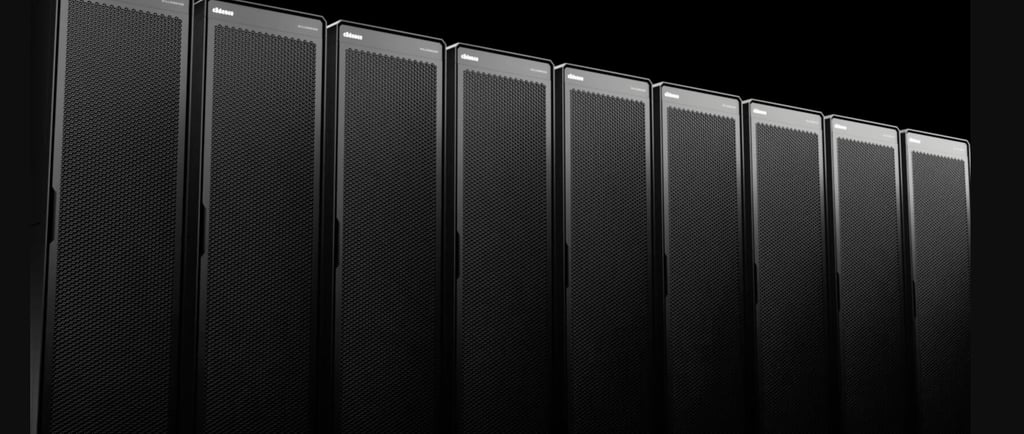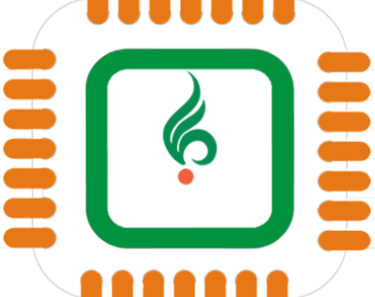CadenceLIVE 2025: AI Meets Chip Design
Cadence unveils the Millennium M2000, an AI-powered platform built on Nvidia Blackwell, pushing the boundaries of chip design, digital twins, and agentic AI.
6/4/20253 min read


CadenceLIVE 2025: Unveiling Millennium M2000 and the Future of AI-Driven Chip Design
CadenceLIVE 2025 brought together global leaders in electronic design automation, AI hardware, and system innovation. At the center of this year’s keynote was a bold vision for the future—revealed by Cadence President and CEO, Anirudh Devgan—with the launch of the Millennium M2000, an AI hardware acceleration platform built on Nvidia’s Blackwell architecture.
This keynote did more than just introduce a new product. It highlighted Cadence’s broader ambitions: building autonomous chip design through agentic AI, expanding their IP portfolio, and leveraging digital twin technologies across industries.
Millennium M2000: Accelerating AI for Complex Simulations
The Millennium M2000 marks a significant leap forward in AI-driven simulation. Designed to accelerate numeric workloads, the platform targets demanding use cases across industries—from semiconductor design and thermal modeling in data centers, to aerodynamic simulations, hydrodynamic modeling, and molecular screening in biosciences.
Built on Nvidia Blackwell, the platform was jointly announced by Anirudh Devgan and Nvidia CEO Jensen Huang, who publicly committed to purchasing 10 systems—a clear vote of confidence in its potential.
In EDA, Millennium M2000 complements Cadence’s Cerebrus Intelligent Chip Explorer, which has been instrumental in optimizing performance, power, and area (PPA). Applications such as 3D-IC, thermal and signal integrity modeling, and analog design are now poised to benefit from scalable, AI-accelerated simulation capabilities.
Pushing Toward Autonomy in Chip Design
Cadence’s longer-term vision is centered on autonomous chip design, guided by a model inspired by automotive autonomy levels. Much of the current product suite already supports levels 2 and 3 autonomy, according to Devgan, through automation and AI-assistance.
This year’s major leap is the integration of agentic AI—AI that can make complex decisions and build reasoning chains across multiple stages of design. Agentic AI is now embedded in Integrity 3D-IC, Cerebrus AI Studio, and Virtuoso Studio, pushing capabilities closer to levels 4 and 5 autonomy.
Key developments include:
AI-assisted RTL generation using retrieval-augmented generation (RAG)
Testbench creation using UVM and Perspec
Leveraging proven IP to accelerate design
AI-generated C code linked with Cadence’s RTL conversion tools
Cadence’s collaboration with Google and its expansion of its IP portfolio plays a critical role in this journey.
Strengthening IP and Hardware Security
To support this autonomy push, Cadence is also expanding its intellectual property offerings. Recent announcements include the intent to acquire Secure-IC, a company focused on hardware-level security across the entire product lifecycle—from design and deployment to decommissioning.
This move strengthens Cadence’s positioning in protocol IP, compute IP (including the Tensilica processor family and the new NeuroEdge NPU), and trusted system design—areas essential to building next-generation secure and intelligent chips.
The Rise of Digital Twins
Digital twins are already a core part of semiconductor design, especially in hardware-assisted logic verification. Last year, Cadence customers deployed almost 460 billion gates of new capacity on Palladium and Protium systems. These platforms, powered by custom Cadence silicon, scale to 120 billion transistors per chip—ideal for verifying today’s AI-driven chip designs.
Outside semiconductors, Cadence is expanding its digital twin capabilities into:
Datacenter optimization, via the Cadence Reality Digital Twin Platform, to tackle power and thermal management at scale
Aerospace and robotics, where physical constraints and sensor integration require complex modeling
Drone and vehicle design, which demand low-power, mixed-signal environments suited to Cadence’s design expertise
In data centers, for example, precise modeling of rack placement, air and liquid cooling systems, and thermal hotspots is essential. Cadence’s partnership with Nvidia in this space brings real-world impact by reducing energy costs while improving AI system performance.
Looking Ahead
CadenceLIVE 2025 was more than just a product launch event—it was a vision statement. From the Millennium M2000 to agentic AI, security IP, and digital twins, Cadence is shaping a future where AI doesn’t just power chips—it designs them, secures them, and optimizes their environments.
As AI expands its footprint in every layer of technology, Cadence is ensuring that design tools keep pace—moving from automation to true autonomy, and from simulation to seamless real-world deployment.
Source - Semiwiki
QUICK LINKS
NEIL RAO TOWERS, 117 & 118, Rd Number 3, Vijayanagar, EPIP Zone, Whitefield, Bengaluru, Karnataka 560066
200/2, Tada Kandriga, Tada Mandalam, Tirupati District - 524401
Locations

